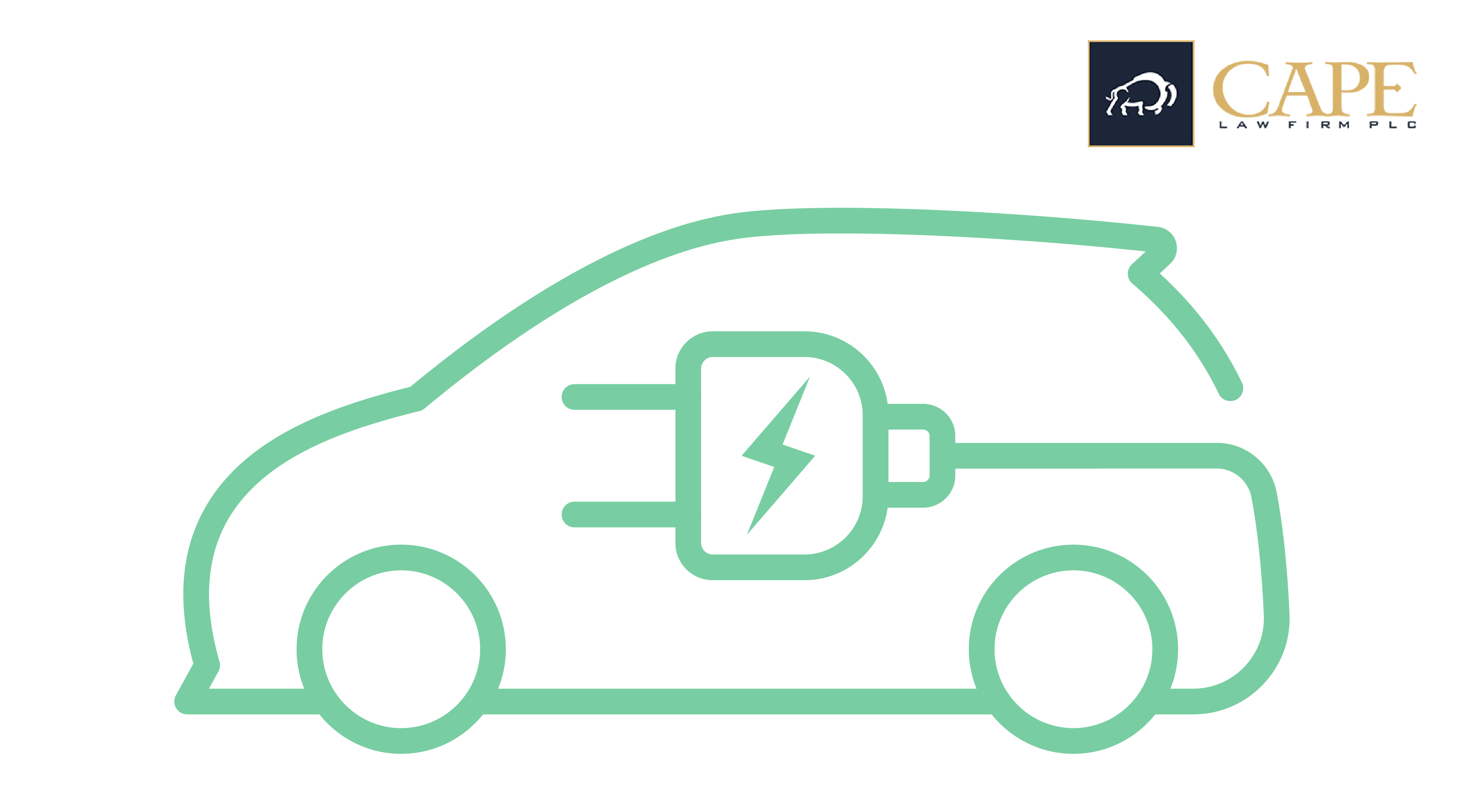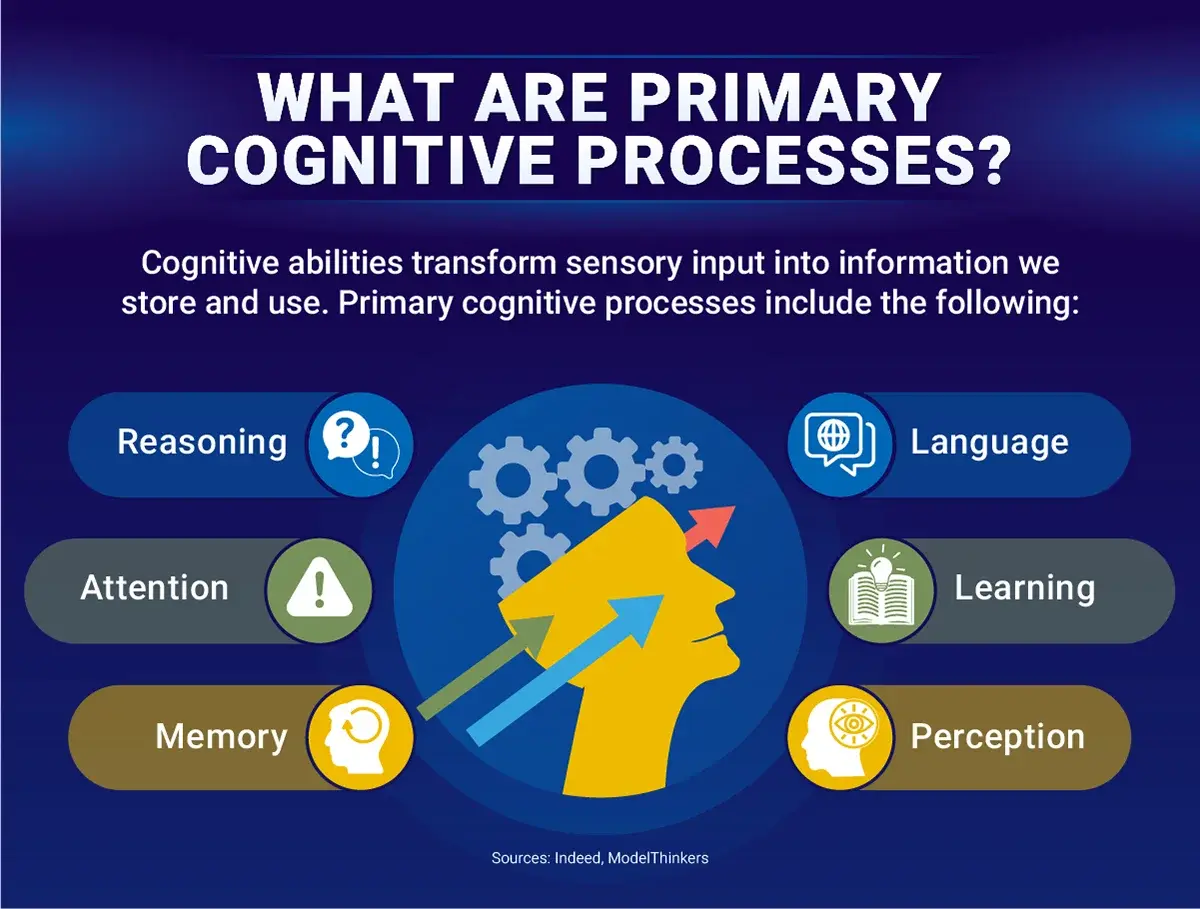Dysprosium's Impact On Electric Vehicles: A Growing Concern

Table of Contents
Dysprosium's Critical Role in EV Motors
Dysprosium plays a critical role in the performance of electric vehicles, primarily due to its use in neodymium magnets. These powerful magnets are the heart of EV traction motors, responsible for converting electrical energy into the mechanical force that propels the vehicle. The inclusion of dysprosium significantly enhances the properties of these magnets.
- High magnetic strength and thermal stability: Dysprosium-enhanced neodymium magnets exhibit exceptional magnetic strength even at high temperatures, ensuring consistent motor performance across various operating conditions. This is crucial for maintaining EV efficiency and range, especially during demanding driving situations.
- Improved motor efficiency and power output: The superior magnetic properties of dysprosium-containing magnets lead to improved motor efficiency, translating to increased range and power output for electric vehicles. This allows for faster acceleration and a more responsive driving experience.
- Dysprosium's contribution to smaller and lighter motor designs: The high magnetic strength of dysprosium-enhanced magnets allows for smaller and lighter motor designs, contributing to improved vehicle efficiency and overall performance. This is particularly important for optimizing vehicle weight and energy consumption.
However, the reliance on dysprosium presents limitations. Alternative magnet materials exist, but they often come with performance trade-offs. For instance, magnets without dysprosium might exhibit lower power output, require larger motor sizes, or be significantly more expensive, impacting the overall cost and efficiency of the EV.
The Supply Chain Challenge: Sourcing and Geopolitical Risks
The geographical concentration of dysprosium mining and processing presents a significant challenge to the EV industry. China currently dominates the dysprosium market, controlling a substantial portion of global production and refining. This creates several risks:
- China's dominance in the dysprosium market and potential supply disruptions: Any geopolitical instability or policy changes in China could severely disrupt the global supply of dysprosium, potentially halting or significantly slowing EV production.
- The environmental impact of dysprosium mining and processing: Dysprosium mining is not without environmental consequences. The extraction process can cause significant habitat destruction, water pollution, and soil degradation.
- The potential for price volatility and its effect on EV production costs: The concentrated supply and potential for disruptions make dysprosium prices highly volatile, creating uncertainty and impacting the manufacturing costs of electric vehicles.
This heavy reliance on a single major supplier introduces significant geopolitical risks. Diversification of sourcing is crucial to mitigate the potential for supply chain disruptions and ensure the stable production of electric vehicles.
Ethical Considerations in Dysprosium Mining
Ethical concerns surrounding dysprosium mining practices further complicate the issue. The industry faces several challenges:
- Environmental damage from mining operations: As mentioned, mining activities can cause extensive environmental damage, including habitat loss, water contamination, and air pollution.
- Potential human rights abuses related to labor practices in mining regions: Reports of poor working conditions, low wages, and lack of worker safety regulations in some mining regions raise serious ethical concerns.
- Lack of transparency and traceability in the dysprosium supply chain: The opacity of the supply chain makes it difficult to track the origin of dysprosium and ensure ethical and environmentally responsible sourcing.
Strategies for Mitigating Dysprosium Dependence
To address the challenges posed by dysprosium dependence, a multi-faceted approach is necessary. Several strategies can help reduce reliance on this critical rare earth element:
- Research and development of dysprosium-free magnets and alternative motor designs: Investing heavily in research and development to create high-performance magnets that do not rely on dysprosium is crucial. This includes exploring alternative materials and motor designs that minimize or eliminate the need for rare earth magnets altogether.
- Improved recycling and reuse of dysprosium from end-of-life EVs: Implementing effective recycling programs to recover and reuse dysprosium from discarded EV batteries and motors is essential for reducing reliance on primary mining.
- Diversification of dysprosium sources and strengthening of international supply chains: Promoting the development of dysprosium mining and processing capabilities in multiple countries can help diversify supply chains and reduce dependence on any single nation.
- Government policies and incentives promoting sustainable mining and recycling practices: Government regulations and incentives can encourage responsible mining practices, promote the development of alternative technologies, and support the growth of the recycling industry.
The feasibility and timelines for these strategies vary. While some, like improved recycling, can be implemented relatively quickly, others, such as the development of dysprosium-free magnets, require significant long-term investment in research and development.
Conclusion
The reliance on dysprosium in electric vehicles presents a significant challenge for the industry's sustainability goals. The concentration of supply, environmental concerns, and ethical implications necessitate urgent action. Addressing the growing concern of dysprosium's impact on electric vehicles requires a multi-pronged approach. Investing in research, promoting responsible sourcing, and implementing effective recycling programs are crucial steps towards building a truly sustainable EV future. We need innovation and collaboration to reduce our dependence on dysprosium in electric vehicles and ensure the long-term viability of this crucial technology. The future of sustainable transportation depends on it.

Featured Posts
-
 Why Kentucky Storm Damage Assessments Are Delayed
Apr 29, 2025
Why Kentucky Storm Damage Assessments Are Delayed
Apr 29, 2025 -
 Us Trade Threats Loom Large Over Canadian Election
Apr 29, 2025
Us Trade Threats Loom Large Over Canadian Election
Apr 29, 2025 -
 Ais Limited Thinking A Realistic Assessment Of Artificial Intelligences Cognitive Abilities
Apr 29, 2025
Ais Limited Thinking A Realistic Assessment Of Artificial Intelligences Cognitive Abilities
Apr 29, 2025 -
 Detailed One Plus 13 R Review A Budget Friendly Alternative To Pixel 9a
Apr 29, 2025
Detailed One Plus 13 R Review A Budget Friendly Alternative To Pixel 9a
Apr 29, 2025 -
 Nyt Spelling Bee March 15 2025 Pangram And Word List
Apr 29, 2025
Nyt Spelling Bee March 15 2025 Pangram And Word List
Apr 29, 2025
Latest Posts
-
 Trumps Potential Pardon Of Rose Analysis And Reactions
Apr 29, 2025
Trumps Potential Pardon Of Rose Analysis And Reactions
Apr 29, 2025 -
 Rose Pardon Trumps Decision And Its Political Fallout
Apr 29, 2025
Rose Pardon Trumps Decision And Its Political Fallout
Apr 29, 2025 -
 Trump To Issue Full Pardon For Rose What We Know
Apr 29, 2025
Trump To Issue Full Pardon For Rose What We Know
Apr 29, 2025 -
 You Tubes Growing Appeal To Older Viewers A Trend Analysis
Apr 29, 2025
You Tubes Growing Appeal To Older Viewers A Trend Analysis
Apr 29, 2025 -
 Nostalgia And You Tube How Older Viewers Find Comfort In Familiar Shows
Apr 29, 2025
Nostalgia And You Tube How Older Viewers Find Comfort In Familiar Shows
Apr 29, 2025
